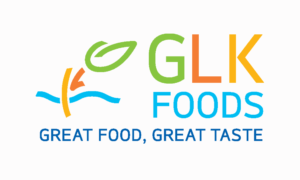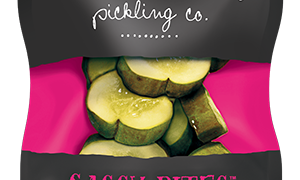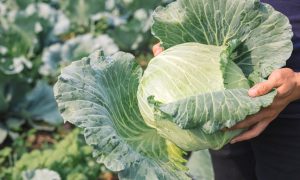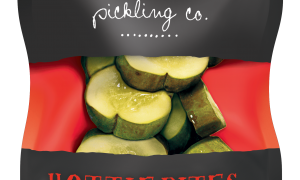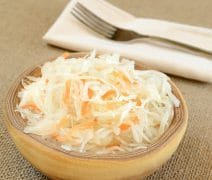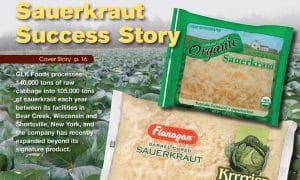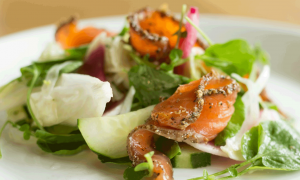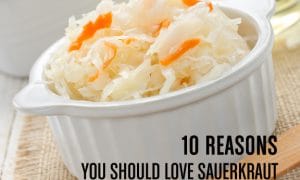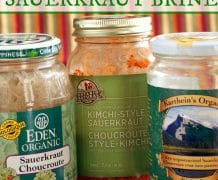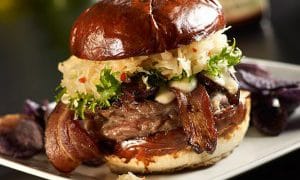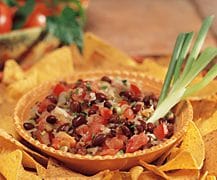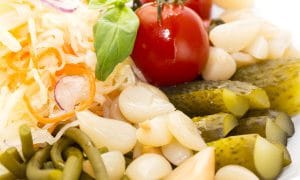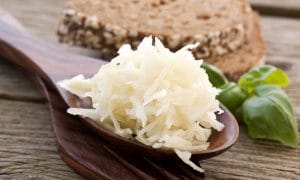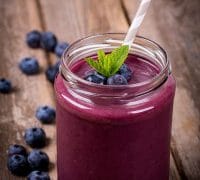Let's Connect
To share a recent experience with one of our products, please click here. If you have other questions, comments, or ideas that you would like to share, please let us know by completing the short form below. Keep checking back — we are always up to something new!
Let's Connect!

Newsroom
Stay connected to innovative products and the people who make them.
Bacteria You Ought to Be Eating
 Living fermented foods are all the rage in health food stores. But are they just another trend soon to be cast aside?
Living fermented foods are all the rage in health food stores. But are they just another trend soon to be cast aside?
Probably not, given that they’ve been trendy for the past several thousand years.
Fermentation (with yeast, bacteria, or a combination of both) is used by just about every culture on earth. It changes the flavor of food and preserves it. It not only can preserve nutrients in food but also break them down into more digestible forms.
It’s hard to find food that doesn’t use fermentation at some point in its processing: bread, beer, wine, chocolate, yogurt, coffee, cheese, salami, vinegar to name a few. But in most of those food and drink, the bacteria and yeast are killed off long before the product reaches market.
Living fermented foods, by contrast, arrive at the grocery store shelf with their bacteria alive. Live food is part of the culture of several local ethnic groups. Koreans eat kimchi (spicy chopped cabbage, cucumbers and other vegetables), Germans eat kraut (shredded cabbage) and Russians drink kvas (a fermented drink made from bread.)
Consumption of living foods was once much more common than it is today.
“It’s a food production technique that industrialization and refrigeration stopped,” said Susan Blake, a Tacoma-based nutritional therapy practitioner. Blake counsels on nutrition and teaches courses on nutrition and food at Green River Community College and Marlene’s Natural Foods Market and Deli.
Blake is a big proponent of raw, living fermented foods. The probiotic or friendly bacteria in the food provides nutrients and vitamins. “They also produce digestive enzymes that help us get more out of our food,” she said.
Continue reading article or visit Krautlook to learn more about the health benefits of kraut.
Article from The Olympian, June 11, 2014, by Craig Sailor.
Category: Industry News
Other Press Releases

Kraut is always a key ingredient in regional Oktoberfest celebrations, a must for Reuben sandwiches on St. Patrick’s Day, and is the #2 hot dog topping behind mustard for summer grilling!
To share a recent experience with one of our products, please click here.
GLK Sauerkraut, LLC | 4600 American Pkwy, Suite 300, Madison, WI 53718 | Copyright © 2025 GLK Sauerkraut, LLC. All rights reserved | PRIVACY POLICY | TERMS OF USE

